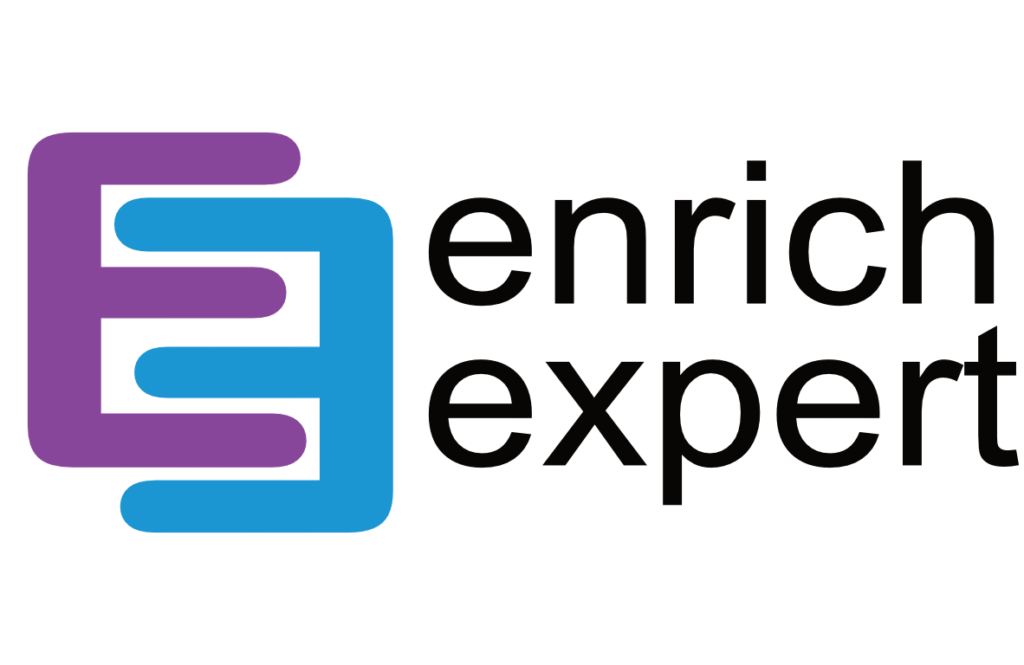 While in the US, we refer to Native Americans as the makers of totems. However, cultures worldwide have created totemic sculptures.
While in the US, we refer to Native Americans as the makers of totems. However, cultures worldwide have created totemic sculptures.
Steps
1. What is a totem?
When you think of a totem, you think of a carved pole or post with symbols and figures on it. They are not religious, but they do communicate aspects of culture and spirituality. Learn about totems.
2. Meaning.
The symbols and figures have meaning to the culture that created them. This might be to show mythological figures, relate to experiences of their people or represent natural objects or events. As you explore totems, keep track of the symbols and meanings of totems you explore. Which have meaning for you?
3. Use.
Totems have six basic uses. Explore the types and what defines each.
- House frontal poles
- House posts
- Mortuary pole
- Memorial pole
- Welcome pole
- Shame pole
Traditions
4. Native American / Ojibwe or Ojibway.
Use the link to explore this tribe or google for the tribe with “totems” to see images of their totems. Note the similarities between the totems and the symbolism. If you find this interesting, continue exploring.
5. Native American / Algonquian.
en.wikipedia.org/wiki/Algonquin_people
Use the link to explore this tribe or google for the tribe with “totems” to see images of their totems. Note the similarities and symbolism of the totems. If you find this interesting, continue exploring.
6. Native American / Others.
Totemism isn’t limited to the above Native Americans. If you find totems interesting, feel free to explore totems of additional tribes that lived in North America.
7. Australian / Aborigine.
austhrutime.com/aboriginal_totemism.htm
Explore the totemism of the Aborigines at the link above or through Google. Note the symbolism of their totems. If you’re interested, continue your exploration.
8. Korea / Jangseung.
en.wikipedia.org/wiki/Jangseung
The Jangseung serves as a spiritual guardian for a village. Learn about this type of totem and the symbolism around it.
9. New Zealand / Maori.
en.wikipedia.org/wiki/Pouwhenua
Learn more about the Maori pouwhenua. Note the symbolism on their land posts.
10. China.
www.chinaexpat.com/2011/03/31/totems-originated-in-china.html
It is believed that totem poles originated in China. Explore this possibility and symbolism of Chinese totems.
Modern Art
11. Step into the now.
Explore how modern artists interpret and create the totem pole. Juxtapose traditional totems with modern ones. Does the symbolism carry over or does the artist create their own?
12. Materials.
Typically, totems were made of wood or rock. Today, you’ll see metal, ceramic and more. How does the symbolism of cultural totems carry over into new materials?
Supplements
SUPP_Totemic Sculpture Explorer_2in_12up_larajla
- Avery 2” round label printable, 12 up
SUPP_ Totemic Sculpture Explorer_Checklist_larajla
- Badge checklist
Sites to Explore
- en.wikipedia.org/wiki/Totem
- en.wikipedia.org/wiki/Totem_pole
- people.howstuffworks.com/totem-pole.htm
- news.softpedia.com/news/What-Are-the-Totems-77636.shtml
- www.newworldencyclopedia.org/entry/Totemism
- tribaldirectory.com/information/native-american-totems.html
- www.warpaths2peacepipes.com/native-american-culture/totemism.htm
- www.warpaths2peacepipes.com/native-american-culture/animal-totems.htm
- www.nativetech.org/shinob
- www.nlm.nih.gov/nativevoices/exhibition/healing-totem/totem-stories/medicine-woman-in-the-moon.html
- www.legendsofamerica.com/na-totems.html
- www.pinterest.com/kdqanderson/masks-shields-totems
- www.pinterest.com/mariamalpique/ancient-culture
- www.pinterest.com/Miguel2222/totemic-sculpture-of-the-world
- www.pinterest.com/geary0579/mayan-totem-pole-project
- www.aadnc-aandc.gc.ca/DAM/DAM-INTER-HQ/STAGING/texte-text/ach_lr_ks_rrds_tot_1302786921241_eng.pdf
- www.native-languages.org/totem.htm
- www.pinterest.com/emmarosenblatt/contemporary-totem-poles/?lp=true
Get the infographic here > larajla blog post
Get the PDFs of the badge program / supplements here > Full badge PDFs
